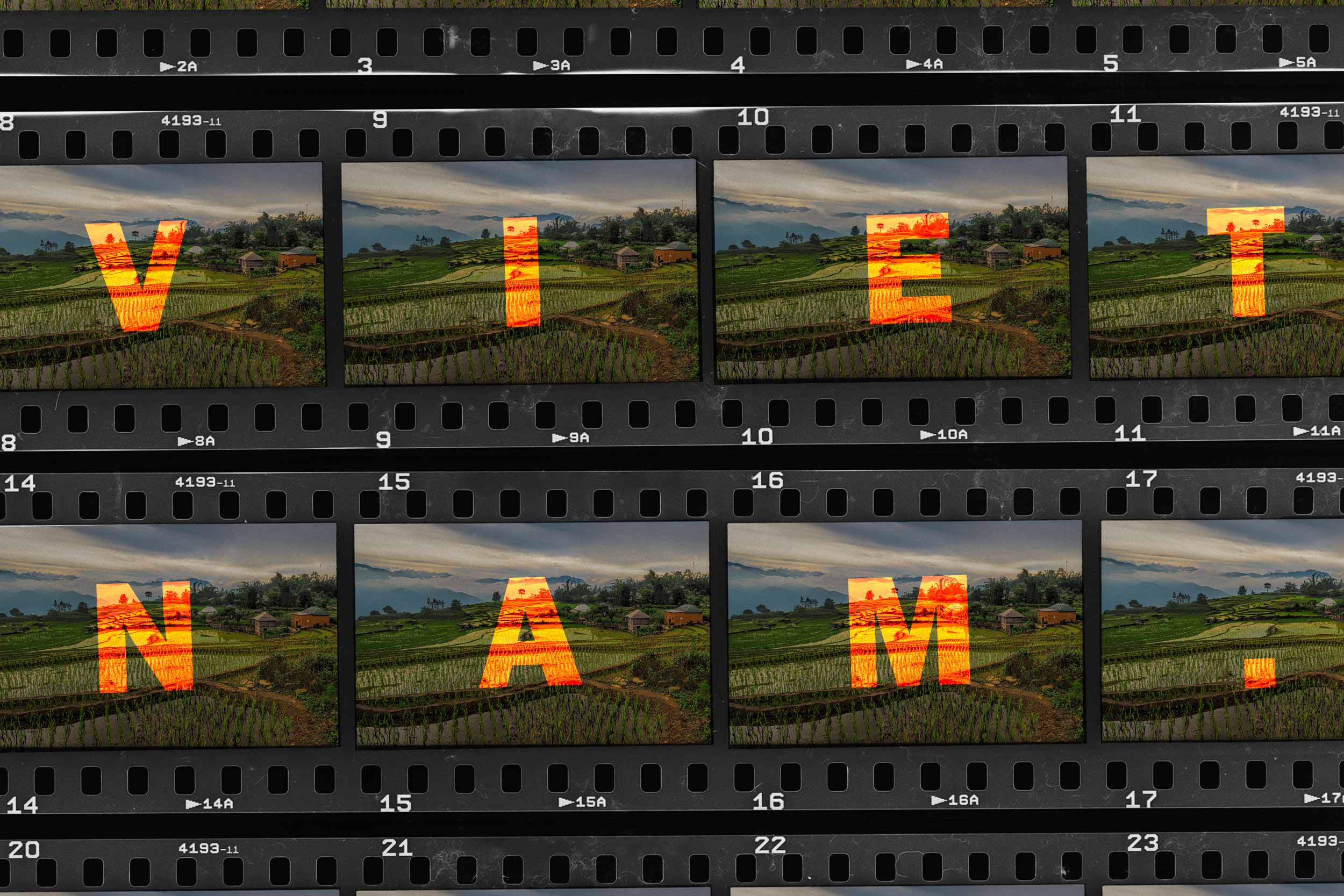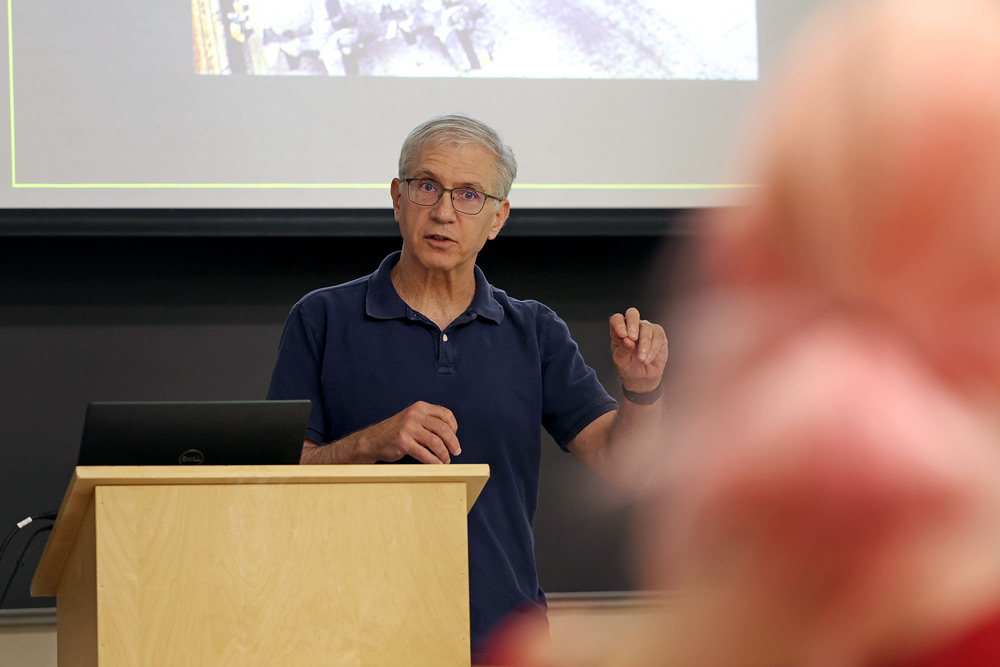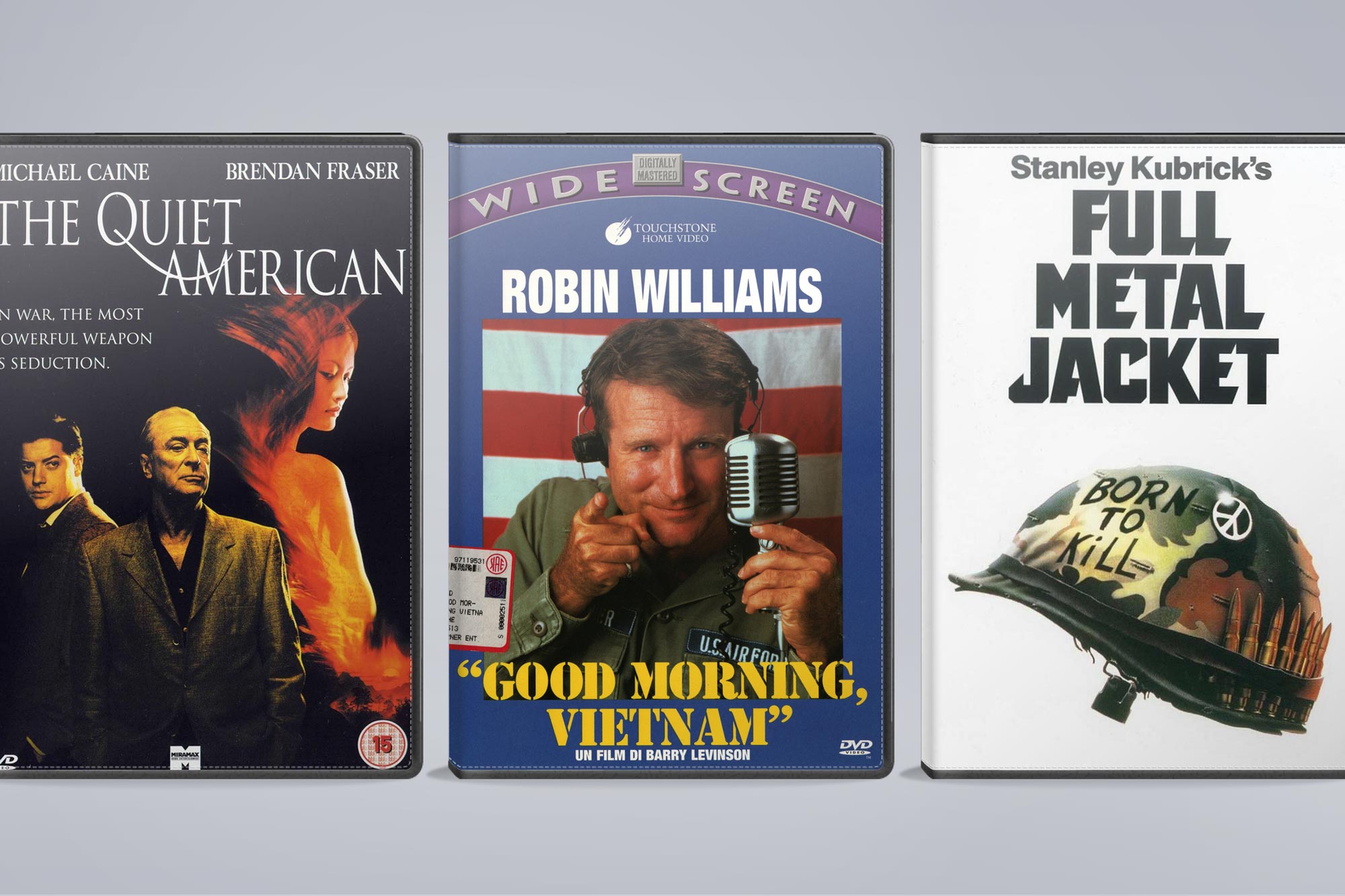Integrating films with lectures and academic texts makes the events more accessible to the students, Selverstone said.
“Movies have helped to shape the narrative for so many around the Vietnam War, particularly for generations far removed from it,” Selverstone said. “And I think the farther that we get away from it, the more impactful these kinds of sources may come to be. They were also pretty powerful when I was watching them when they first came out.”
Selverstone noted that for current students, the Vietnam War has faded into time, but many of the issues are reminiscent of the more recent conflicts in Iraq and Afghanistan.
“Certainly, the language surrounding the two was fairly consistent, whether you’re talking about nation-building, attrition, credibility gaps, body counts, insurgency and counterinsurgency,” Selverstone said. “Especially when those wars were a bigger part of the national conversation, these similarities offered students a way to understand not only the Vietnam War, but the dynamics they were seeing in real time.”
The films Selverstone is using span years and viewpoints, from “The Quiet American,” based on Graham Greene’s 1955 novel of Vietnam, through combat-centered films such as “Platoon,” “Full Metal Jacket” and “We Were Soldiers,” to home-front films such as “Born on the Fourth of July” and “Coming Home.” While many of the films offer the perspective of the soldier, John Frankenheimer’s “Path to War” portrays the behind-the-scenes drama of Johnson and his advisers as they escalate U.S. involvement in the war.
Selverstone said the Vietnam-era films are more skeptical of official positions than films of previous wars. Several, such as “Platoon,” focused graphically on the combat experience of the soldiers.
“That film offers a grunt’s eye view of the war and a window into life within a platoon,” he said. “It focuses on the actions of American soldiers in Vietnam, be they righteous or immoral, but you don’t really get an understanding of the conflict in the context of the Cold War. It doesn’t answer the question, ‘Why Vietnam?’”
The course has been a revelation to Lindsey Bice, a rising fourth-year mechanical engineering student.
“I know a lot about the internal stresses of a beam, but I didn’t know anything about the Vietnam War,” she said. “I wanted to use my electives to learn something that I didn’t know.”
Selverstone’s course is only the second Bice has taken in the College of Arts & Sciences. While she finds some of the texts daunting, she appreciates the merger of the written word and the moving picture.
“I don’t do a lot of reading for my stuff – I’m looking at equations and pictures,” Bice said. “A lot of the facts (in the movies) don’t really match what is in our textbook, but I think the movies are really helpful to get a bit more of a background. I think having both of them together is perfect.”
Selverstone said many people get their impressions of history from movies.
“Many of them never got a chance to study the Vietnam War in high school,” Selverstone said, “simply because the teachers ran out of time. That’s a very common experience. And then their only knowledge of it comes from maybe a parent, sitting them down and watching ‘Platoon’ or ‘The Deer Hunter’ with them, or encouraging them to watch it. Or they might have had a relative or neighbor who was in the war. But they often don’t know about it, because they haven’t studied it in any serious way.”
The course also fills in some knowledge gaps for Joe Fox, a non-traditional student who returned to school after a career as a political campaign operative.
“I was born in the Vietnam era, but I know so little about what really happened,” he said. “I know nothing about what led up to (President John) Kennedy’s and Johnson’s decisions to escalate. I knew nothing about our presence in Vietnam in the 1950s other than having read ‘The Quiet American’ 30 years ago. I think this is an interesting window into both what society was like in the ’60s and also how we started to come to really distrust our government.”







